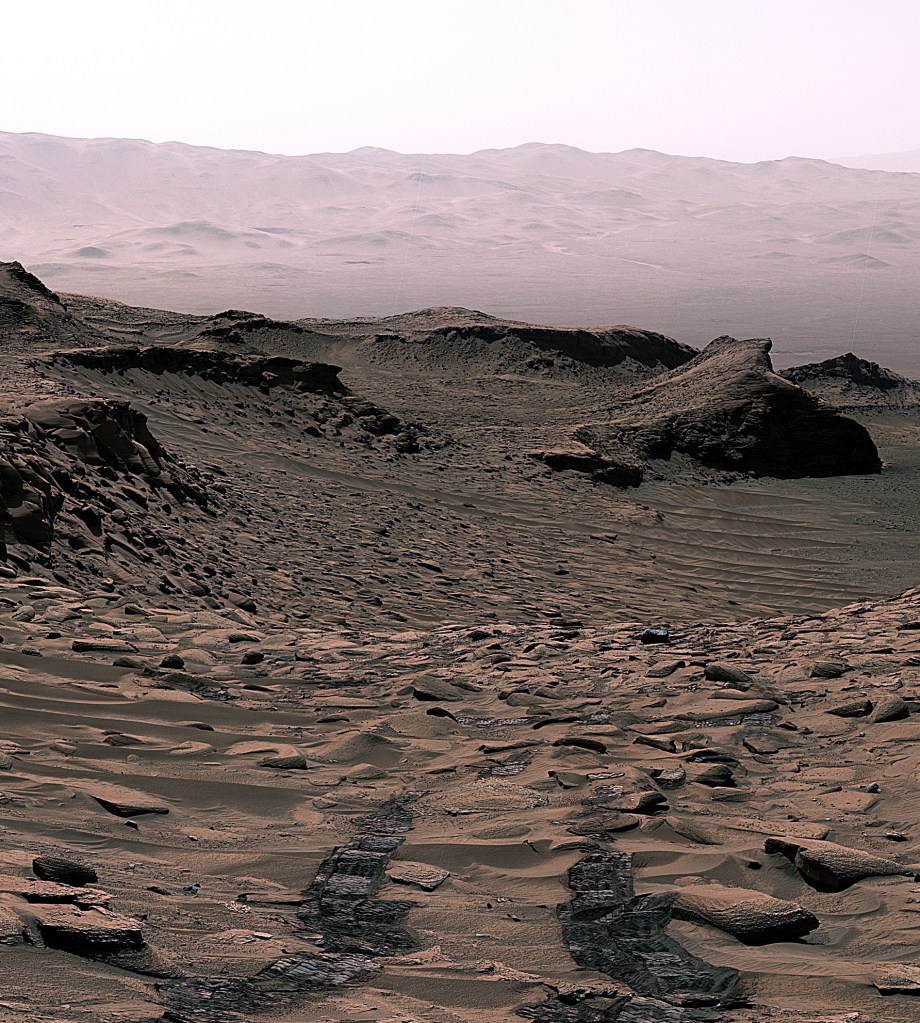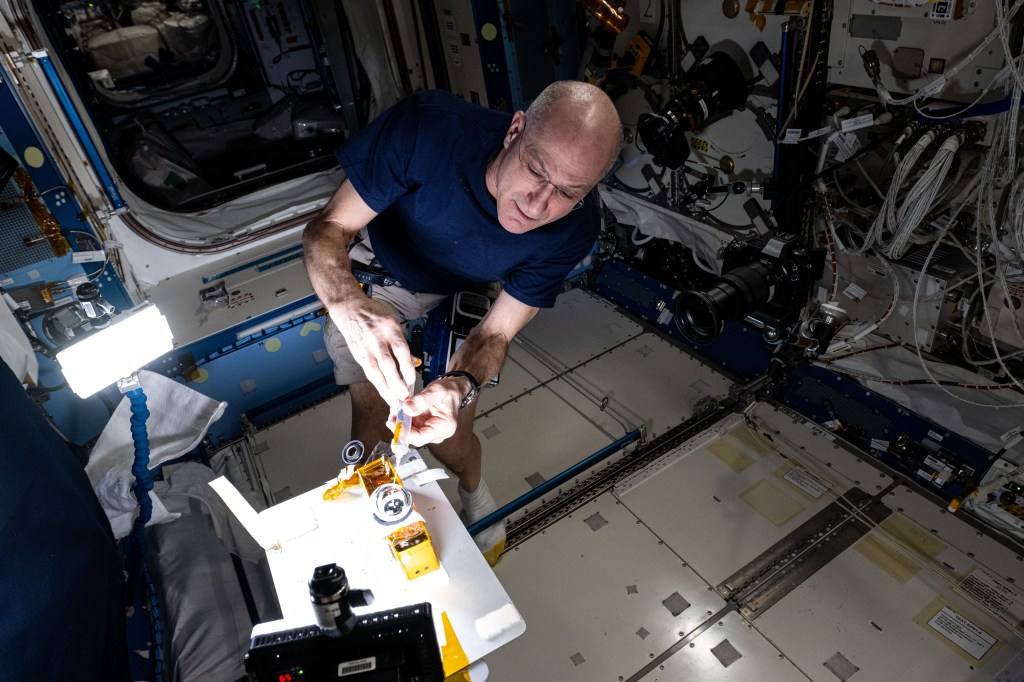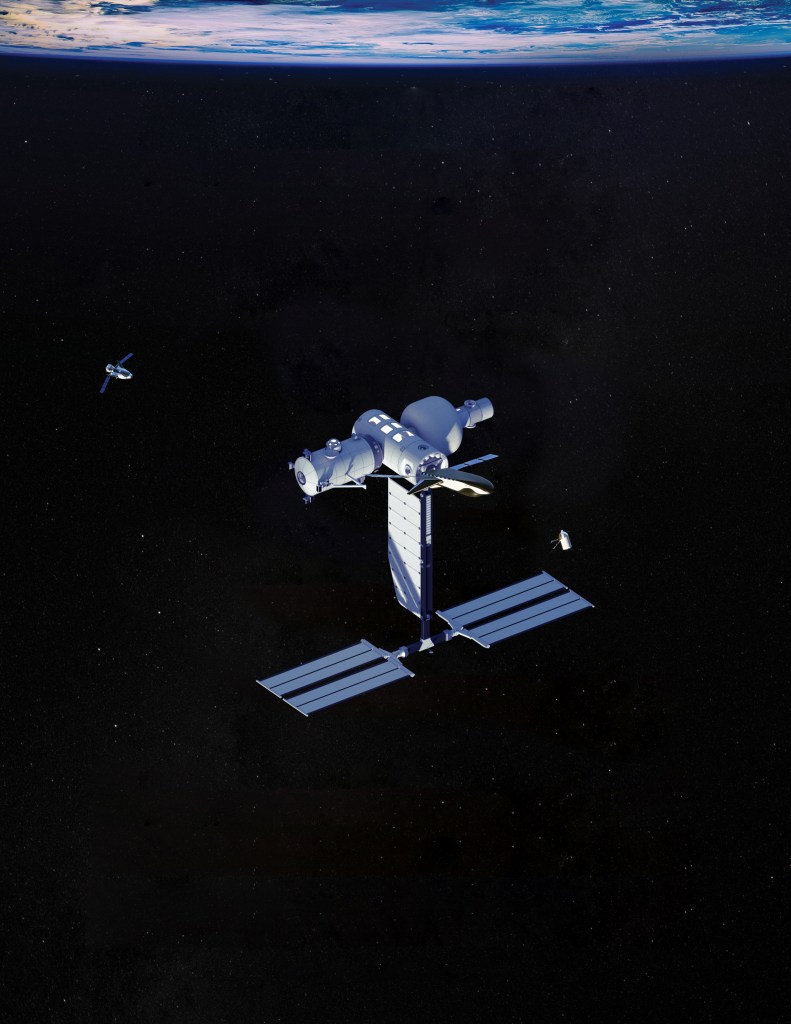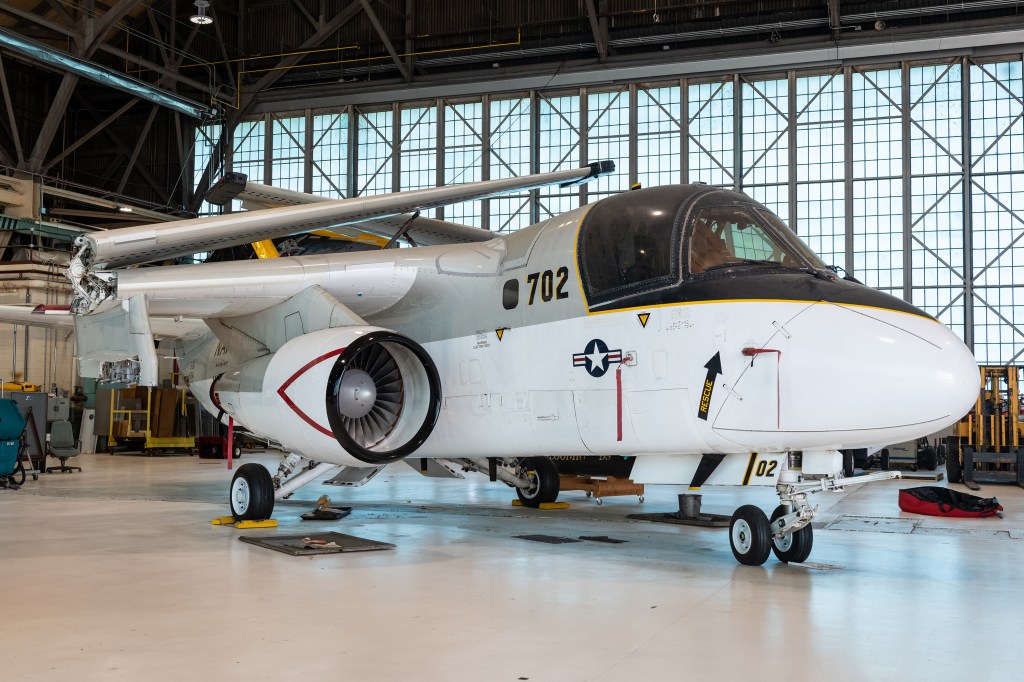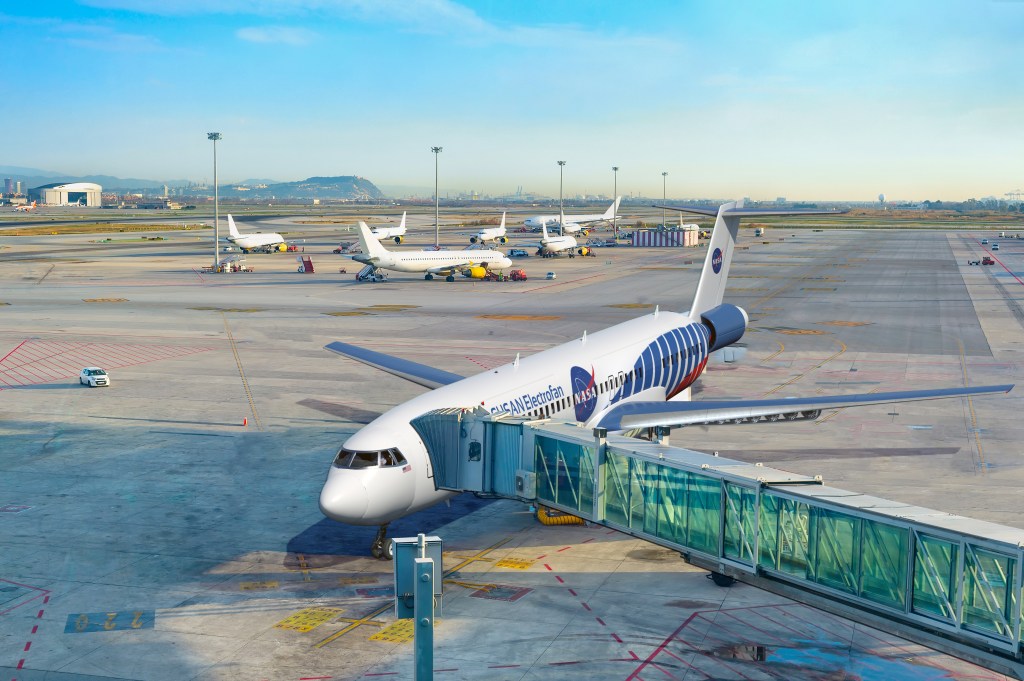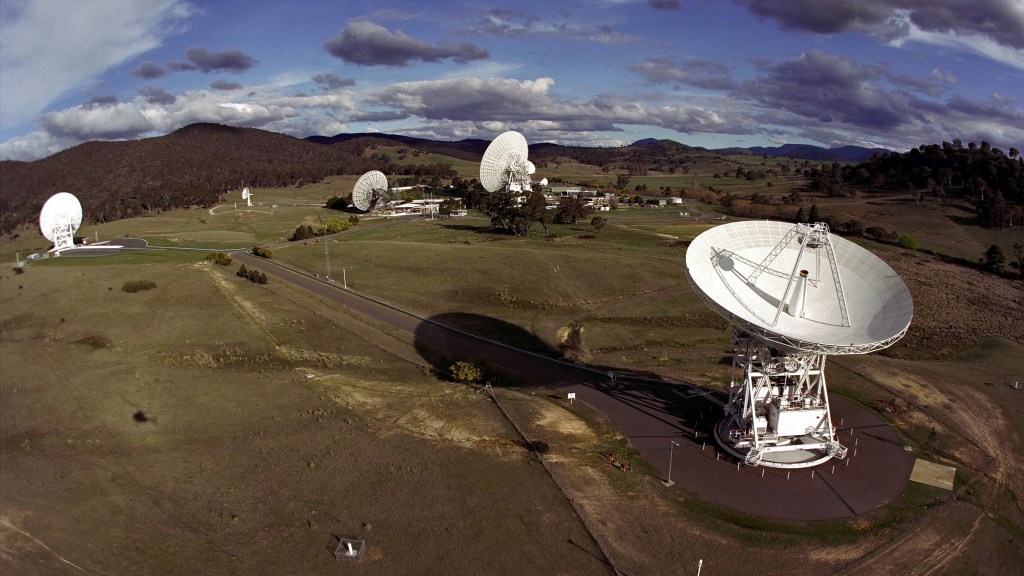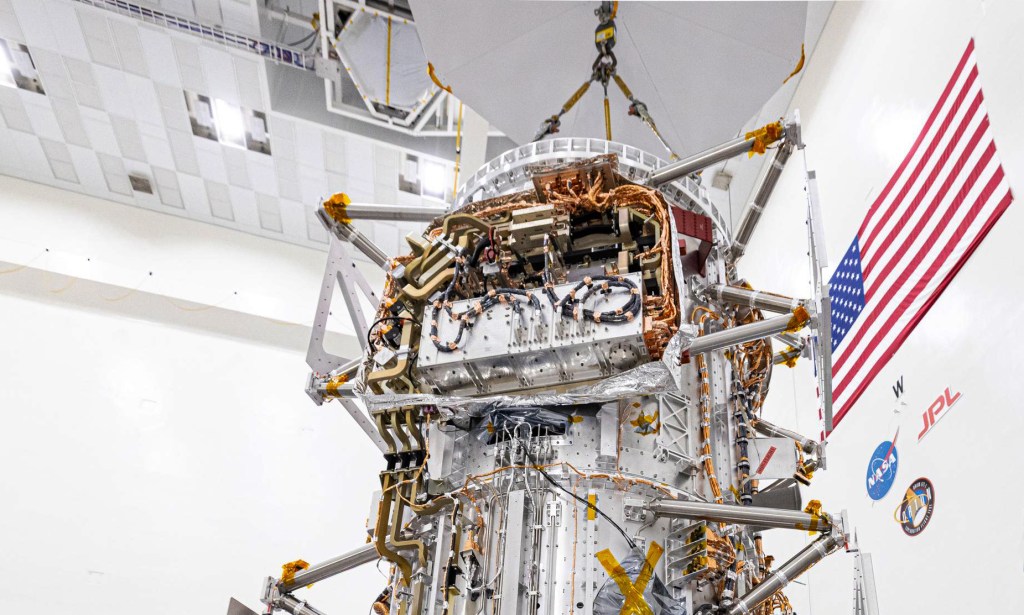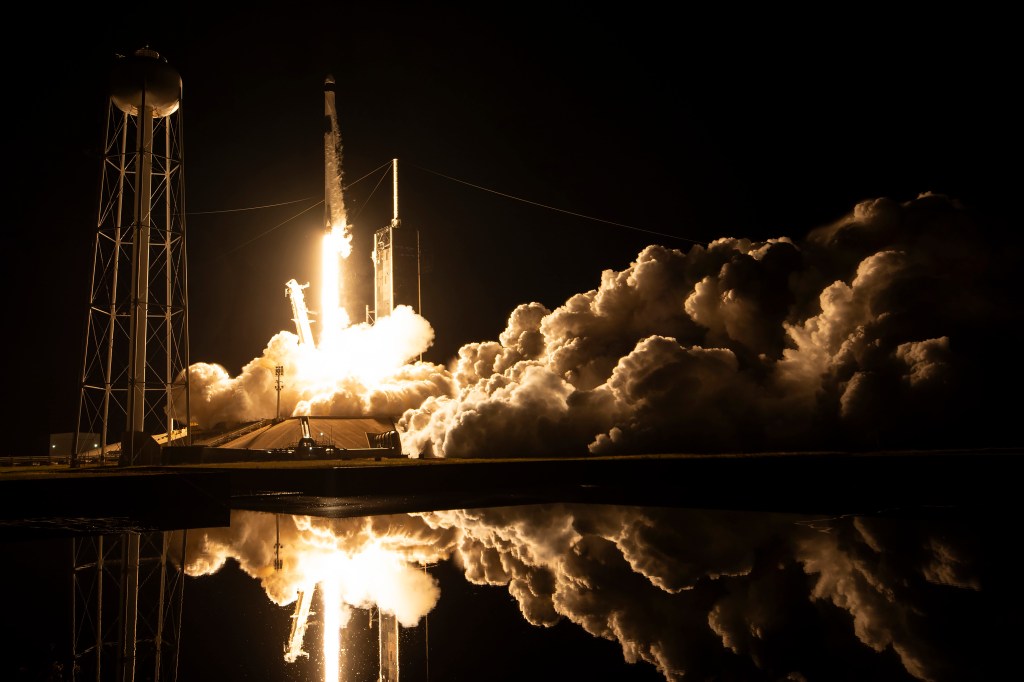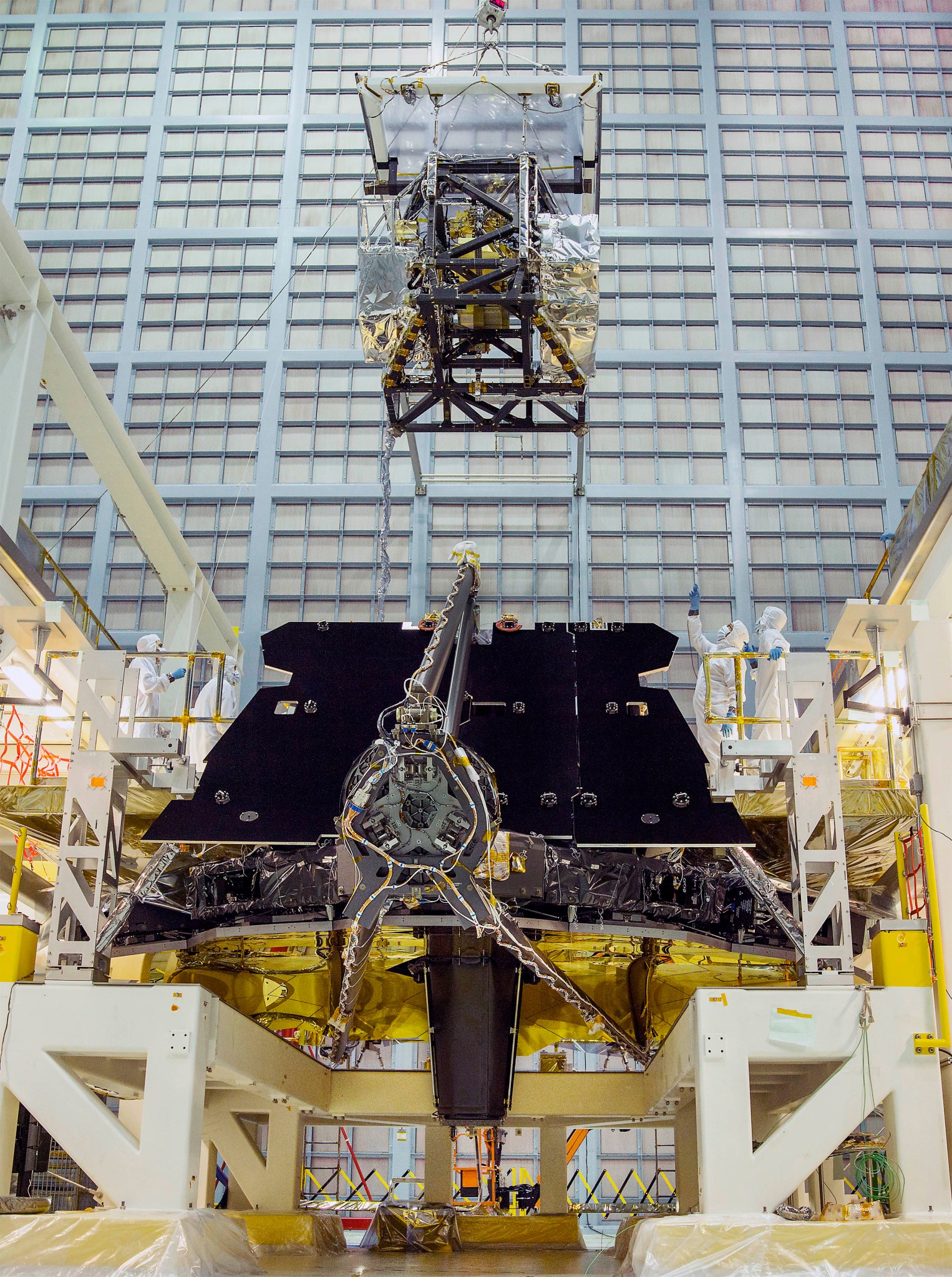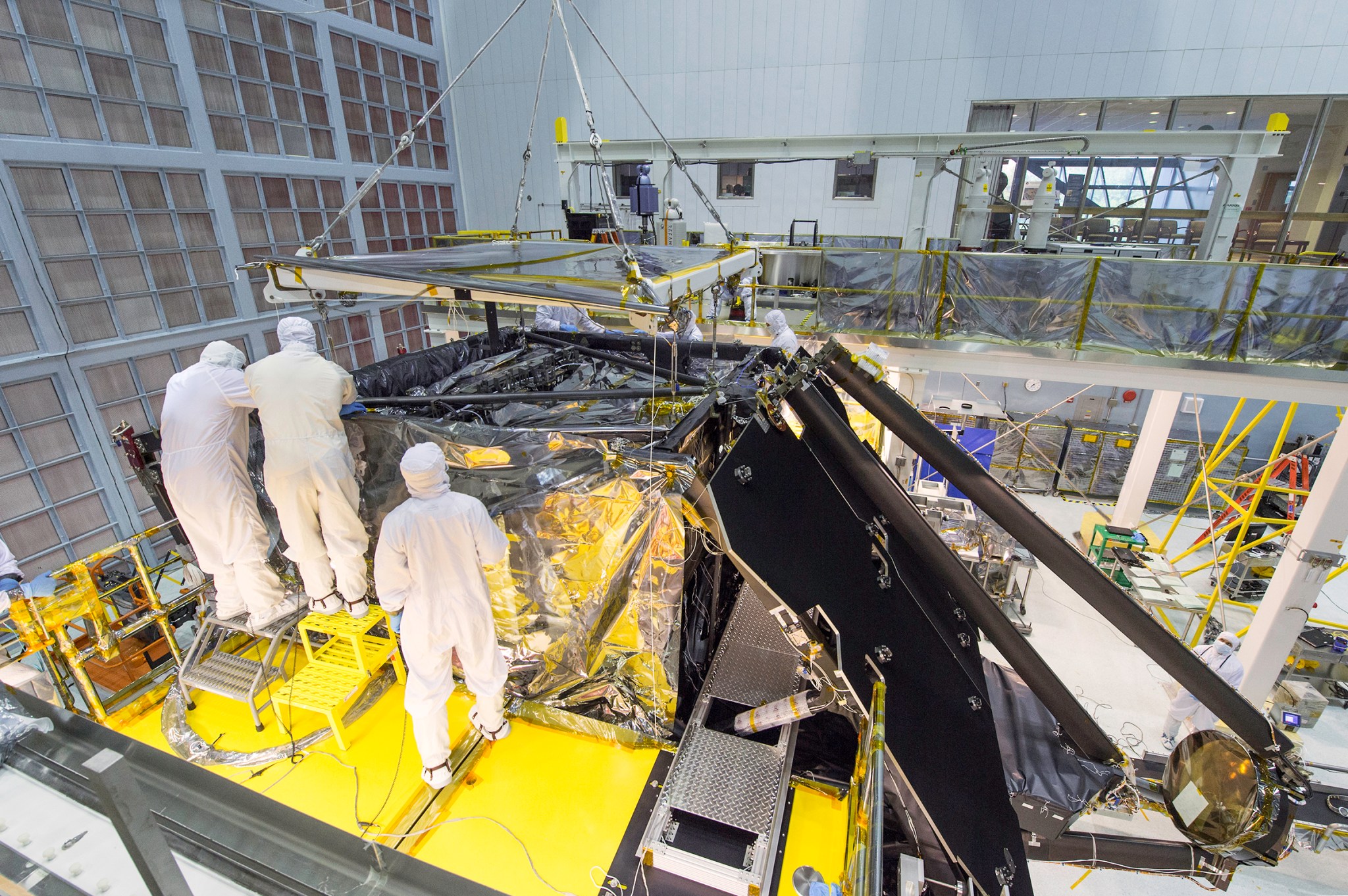With surgical precision, two dozen engineers and technicians successfully installed the package of science instruments of the James Webb Space Telescope into the telescope structure. The package is the collection of cameras and spectrographs that will record the light collected by Webb’s giant golden mirror.
Credits: NASA’s Goddard Space Flight Center/Michael McClare, Christopher Gunn
Download this video in HD formats from NASA Goddard’s Scientific Visualization Studio
Inside the world’s largest clean room at NASA’s Goddard Space Flight Center in Greenbelt, Maryland, the team crane-lifted the heavy science instrument package, lowered it into an enclosure on the back of the telescope, and secured it to the telescope.
“Our personnel were navigating a very tight space with very valuable hardware,” said Jamie Dunn, ISIM Manager (ISIM stands for ‘Integrated Science Instrument Module’). “We needed the room to be quiet so if someone said something we would be able to hear them. You listen not only for what other people say, but to hear if something doesn’t sound right.”
Before the procedure, the engineers and technicians had trained with test runs, computer modeling and a mock-up of the instrument package. This is a critical mission operation.
“This is a tremendous accomplishment for our worldwide team,” said John Mather, James Webb Space Telescope Project Scientist and Nobel Laureate. “There are vital instruments in this package from Europe and Canada as well as the US and we are so proud that everything is working so beautifully, 20 years after we started designing our observatory.”
Now that the instruments, mirrors, and telescope structure have been assembled, the combination will go through vibration and acoustic tests in order to ensure the whole science payload will withstand the conditions of launch.
“Designing and building something of this magnitude and complexity, with this amount of new technology, is far from routine,” said Dunn. “While every project has their share of ups and downs, the JWST team has had to work through a lot over the life of this project. The character and dedication of this team is extraordinary, they’ve always recovered brilliantly, and they’ve made many personal sacrifices to get us to this point.”
The James Webb Space Telescope is the scientific successor to NASA’s Hubble Space Telescope. It will be the most powerful space telescope ever built. Webb will study many phases in the history of our universe, including the formation of solar systems capable of supporting life on planets similar to Earth, as well as the evolution of our own solar system. It’s targeted to launch from French Guiana aboard an Ariane 5 rocket in 2018. Webb is an international project led by NASA with its partners, ESA (European Space Agency) and the Canadian Space Agency.
For more information, go to: http://jwst.nasa.gov
For additional photos of the Webb ISIM installation, visit: https://www.flickr.com/photos/nasawebbtelescope/sets/72157666278773163
Laura Betz
NASA Goddard Space Flight Center

